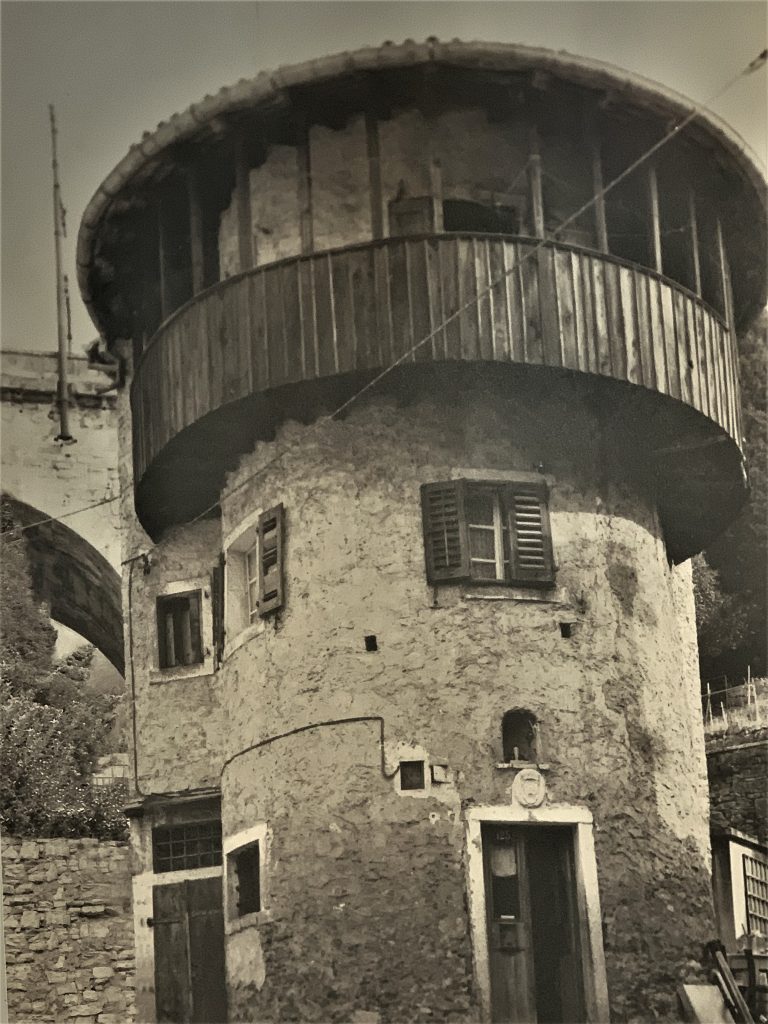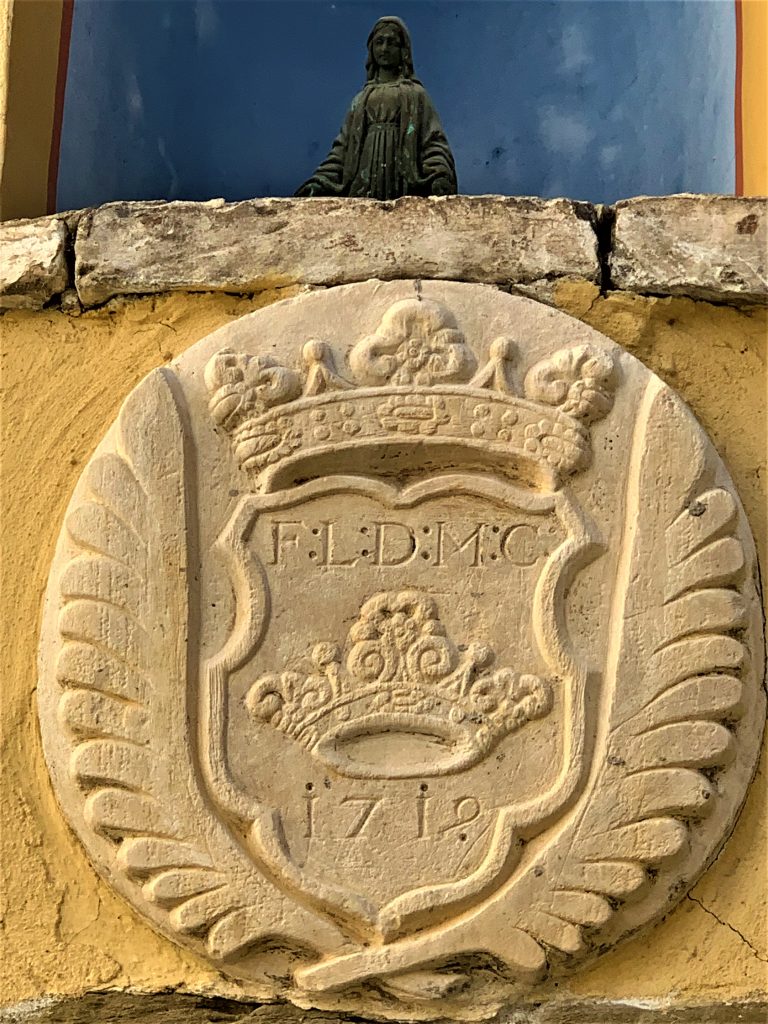by Alessandra Ressa
Very few people know that in Barcola, the prominent residential riviera of Trieste, hides an architectural monument of great historical value. At number 11 Via Nicolodi, directly across from the large building that once belonged to the noble Giuliani family of the Trieste aristocracy, one can admire a cylindrical, two-story tower with a wooden balcony and gable roof. This building, now protected by the Italian Ministry of Cultural Heritage as a national monument, was once part of the Giuliani residence and possibly used as a granary.

It dates back many centuries. Although there are no official records predating the Austro-Hungarian Empire, the tower was known since the late Middle Ages as the “Turkish Tower” and was believed to have served as a lookout post against Saracen pirate raids, suggesting it dates back to at least the 1400s. By the 1800s, Habsburg records referred to it as a “stable.” While some historians suggest the structure might have been a military tower for defense against seaborne or land-based enemies, others propose it served as a lookout tower for tuna fishing. The most likely hypothesis, however, is that it was a granary or a mill.
Above the entrance to the cylindrical building, which consists of two floors plus a ground floor, there is a small marble crest with the date 1719 and the letters F:L:D:M:C:.
Next to the tower still stands a beautiful Giuliani manor, whose history was likely linked to commercial or military purposes alongside the tower. The manor has undergone several renovations and today functions as a tourist residence.
But who were the Giuliani clan? The Giuliani, an ancient noble family first documented in 1298, are considered the founders of the popular San Giacomo district, where they owned extensive lands. In the early 1600s, after miraculously surviving the devastating plague of 1600, the family built a small chapel dedicated to Saints James and Roch. Their main residence was located at Via Malcanton 12, near Piazza Unità, in an area that later became the Jewish ghetto.

This manor, built in 1459 by the noble Bartolomeo de Giuliani for himself and his heirs, bore an inscription on its facade to commemorate its construction. In 1660, during Emperor Leopold I’s visit to Trieste, the Archbishop of Colocza, Hungary’s Chancellor, stayed in the house as part of the emperor’s entourage. The property was restored in 1727 by Didio de Giuliani, as evidenced by a second coat of arms with inscriptions. At that time, the right wing of the building was rebuilt to include four floors. Until 1938, frescoes adorned a corner room on the third floor but were destroyed during renovations.
Whether a mill, a granary, or a military post, the tower was inhabited until the 1950s. In 2020, the monument was purchased and restored as a private residence. However, the renovations sparked controversy, as experts and locals argue that the work preserved very little of the tower’s original architecture. The sandstone facades, meant to be restored using traditional methods, are now covered in yellow mortar, departing significantly from their historical appearance.




























